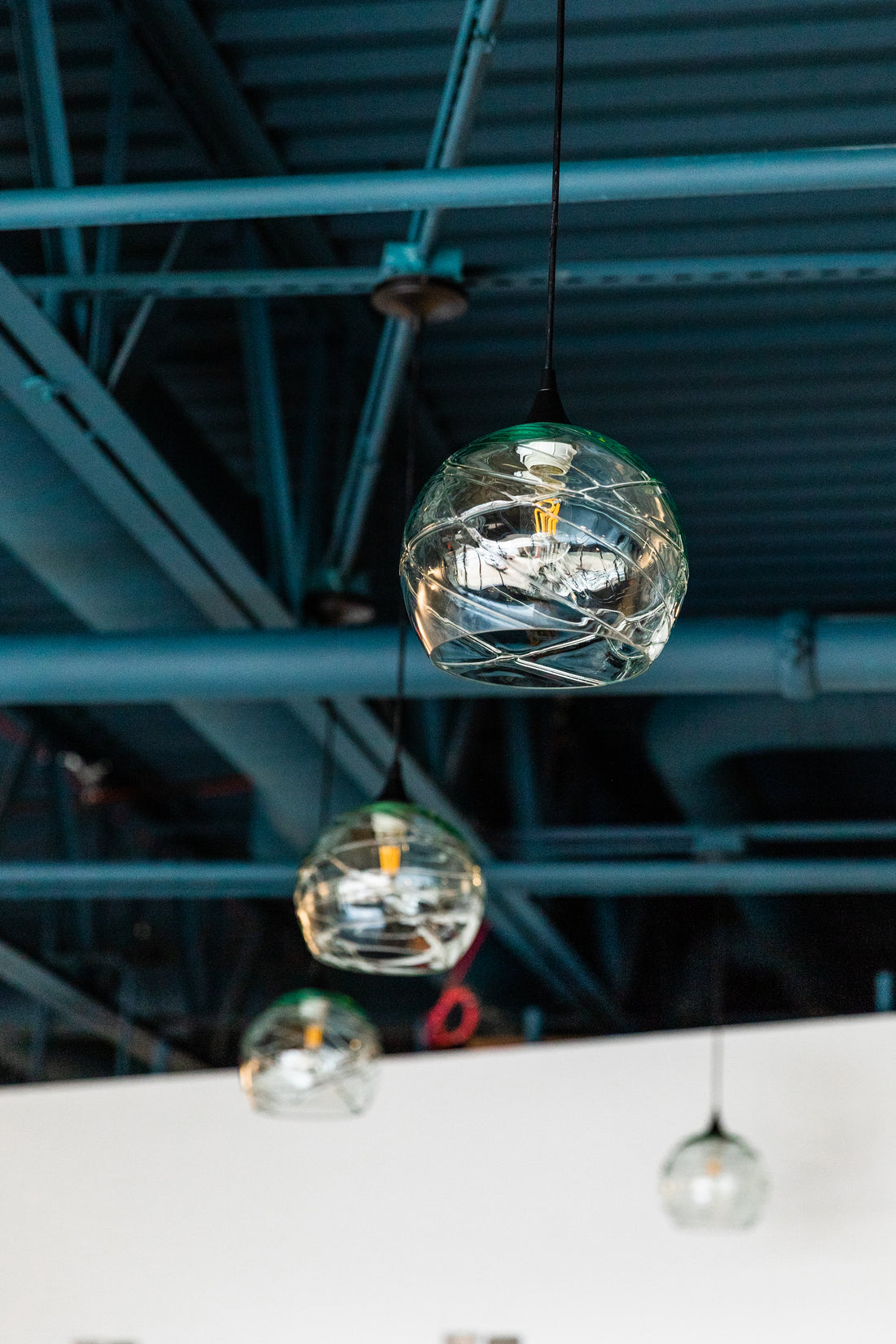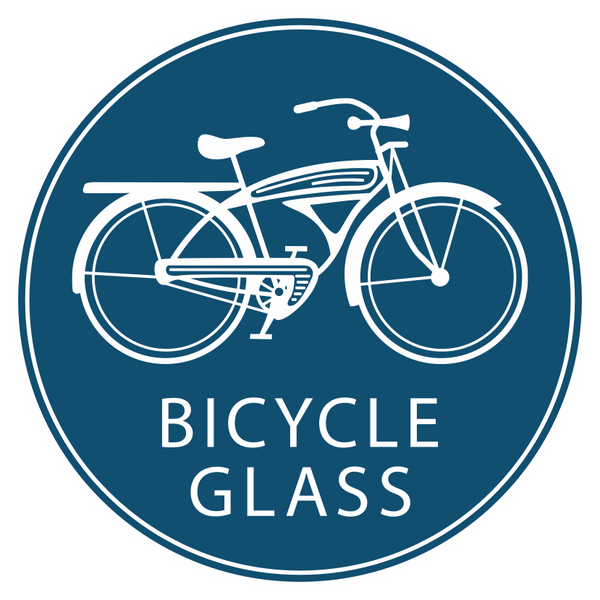
Your Guide to Strategically Lighting a Restaurant
Lighting is the key component in any design. Whether it’s in your home or a window display, it’s what ties a scene together and allows a person to get the most out of an environment. It’s for this reason as well that restaurant lighting is so important. Embraced by the warm glow of the overhead lighting, guests gain an enriched experience through the atmosphere as well as the food they’re eating. So, if you’re a restaurant owner looking to better enhance the guest experience in your place of business, check out this essential guide to strategically lighting a restaurant.
How Lighting Effects Guest Experience
Before you can begin adjusting your lighting for the best results, it’s important for you to first understand what effects it can have on your guest experience. While it might seem like a small detail at first, lighting is the best way to establish an atmosphere and ambiance—two things that are essential in any successful restaurant. Having a quality atmosphere, ultimately, is the key to creating a characteristic setting for your business that guests will come to recognize and love. Over time, this can create a positive brand image and keep guests coming back whenever they want a taste of that experience again.
Additionally, since lighting designates a specific atmosphere for a restaurant, it can also affect the way an individual feels while visiting it. For instance, it’s for this reason that many places will opt for dimmer, “romantic” lighting to appeal to those looking to go out on a date. This lighting is what sets the mood of a meal and, if that mood is positive, encourages a person to come back to the place that they enjoyed.
Basic Lighting Rules to Follow
So, restaurant lighting is important in establishing the overall tone and target audience. Otherwise, you risk losing out on an opportunity to create a recognizable identity for your business. It’s because of this that any guide to strategically lighting a restaurant will establish a few ground rules for getting the job done effectively. After all, while you need to create a feel that’s all your own to stand out to customers, you also need to remember that effective lighting has a few basic characteristics.
Stay Loyal to the Atmosphere You Want
In a nutshell, this rule requires that you decide on the desired atmosphere and stick to it. Inconsistent lighting can result in a disjointed feeling among your patrons—creating a more confusing environment than a comfortable one. So, if you want to create a romantic and classy type of restaurant, you’ll need to commit to doing so in a consistent way to avoid misperception among your guests. To accomplish this, keep in mind that overhead lighting fixtures should be identical in design and no area of the restaurant should be darker or lighter than others. The only exception to these rules would be if you also offered a dance floor or a bar. These other amenities require different lighting and you will need to adjust them to accommodate.
Let the Lighting Enhance Your Design
Successful lighting also does well to amplify the features of your restaurant’s overall design. The level of light for aspects such as architecture, décor, and even the food can have an influence—making them appear better to the viewer. With the right lighting, you can make the colors on the plate appear more vibrant and turn the setting into a beautiful mosaic for the eyes. When testing out different lighting, keep in mind that this process may involve a bit of trial and error. It’s unlikely that you’ll find the proper arrangements the first time, and you’ll need to experiment to find the appropriate balance of lighting for your vision.
Be sure to also note, however, that while lighting should complement your design, the lighting itself should be set for your guests and their comfort. In prioritizing how they feel within your space, you’ll be able to better create a positive experience for them.
Adjust the Lighting to the Meal
In a restaurant setting, this rule is key to creating a distinct vibe for each time of day. No matter whether it’s breakfast, lunch, or dinner, each meal gives patrons a different feel. As such, you must adjust your lighting to fit with those moods. Breakfast, for instance, requires a large amount of light so that patrons can enjoy their morning paper and begin their day off right. This is a big difference from the dimmer, more intimate lighting of dinner hours. So, if you run an establishment that caters to all three meals, you need to have specific lighting arrangements to correspond with each. This way, your guests will always have an appropriate amount of light to eat and go about their business comfortably.
Differentiate the Bar Lighting
If your restaurant also offers a bar, you may need to make special lighting arrangements to cater to your frequent guests. On the main floor, the lighting often focuses on a table or two, making it easier to zone in on your immediate area and concentrate on the person you’re eating with. But unlike a restaurant’s main floor, the bar needs to have brighter lighting to accommodate those who want to chat with their neighbor. This light also needs to be strong enough for the bartender to effectively prepare drinks and recognize the faces of those who ordered them. So, when designing the lighting for your bar, be sure that you’re raising the light to accommodate these needs without making it too bright or venturing away from your overall theme.
For everything you could ever need to effectively light your restaurant, give Bicycle Glass Co. a call. With everything from recycled glass chandeliers to hand-crafted pendant lighting in our stock, finding what you’re looking for is just a few clicks away. In addition to diversity in lighting fixtures, we also offer several different styles. This range of designs allows us to cater to those wishing to find a unique atmosphere and vibe for their place of business.

